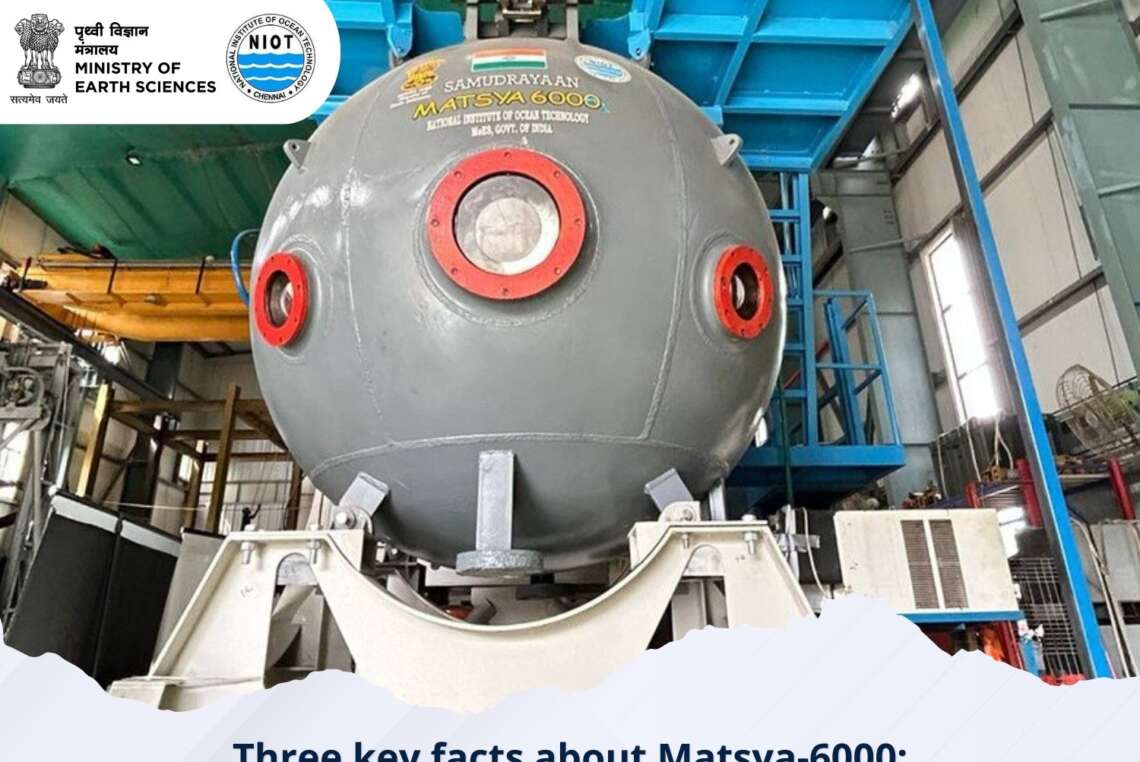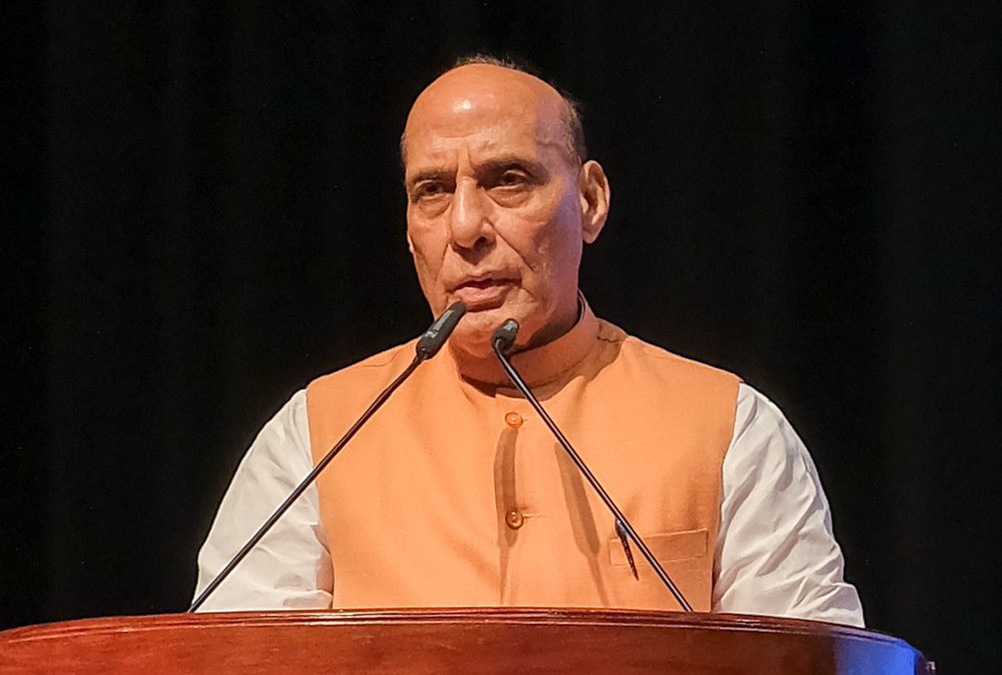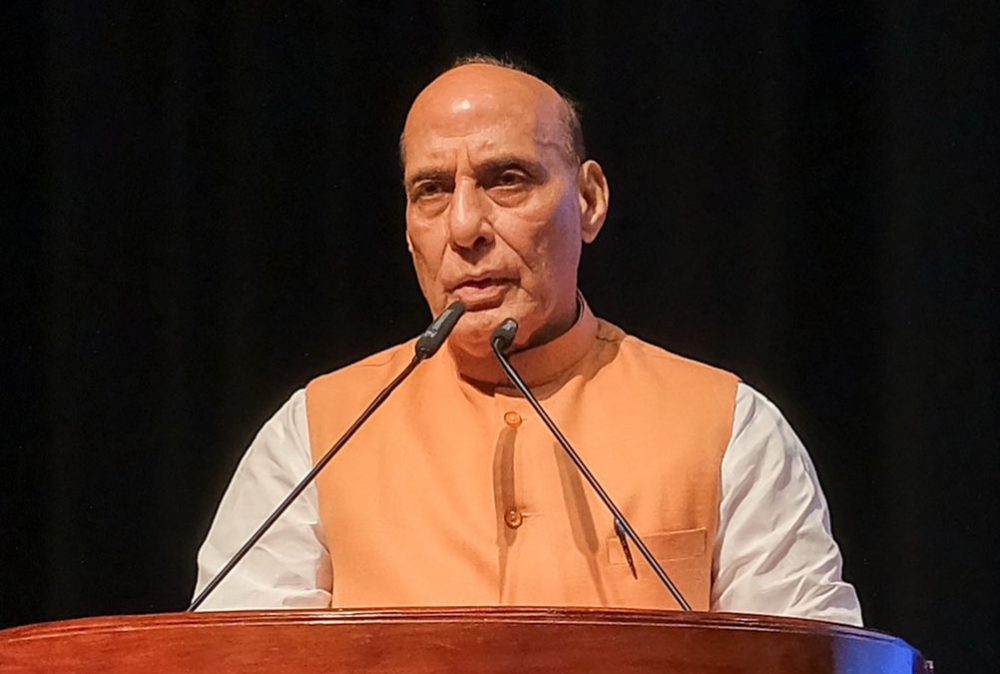The Samudrayaan mission aligns with the Indian government’s Blue Economy initiative, which focuses on sustainable use of ocean resources for economic growth…reports Asian Lite News
After conquering space with the successful Space Docking Experiment (SpaDeX) earlier this year, India is now turning its focus to the ocean’s depths with its ambitious Samudrayaan mission.
According to the Witness report, this deep-sea exploration project places India among an elite group of nations—alongside the US, Russia, France, Japan, and China—with the technological capability to conduct manned undersea missions.
At the heart of the mission is Matsya 6000, a manned submersible developed indigenously by the National Institute of Ocean Technology (NIOT) under the Ministry of Earth Sciences. Designed to carry three crew members, the submersible can dive up to 6,000 metres deep and maintain internal pressure equivalent to surface level. It can operate for 12 hours normally and 96 hours in emergencies, even under extreme pressure—600 times that at sea level.
A 500-metre test dive is expected later this year, with deeper missions to follow in stages. Each dive is projected to last around eight hours.
The Samudrayaan mission aligns with the Indian government’s Blue Economy initiative, which focuses on sustainable use of ocean resources for economic growth, improved livelihoods, and environmental health. With 7,517 km of coastline and over 1,300 islands, India is aiming to expand its marine capabilities across mineral extraction, biological research, pharmaceuticals, climate studies, and even ocean tourism.
The Ministry of Earth Sciences highlighted that the manned submersible will allow scientific personnel to observe and understand unexplored deep sea areas by direct interventions. Further, it will enhance the capability for deep-sea man-rated vehicle development.
To support Samudrayaan, NIOT has also developed supporting technologies including a 6,000 m-rated ROV, Autonomous Coring System, Autonomous Underwater Vehicle, and Deep Sea Mining System.
With Samudrayaan, India joins the global deep-sea race not just as a participant, but as a serious contender. The mission signals a major leap forward in India’s scientific and strategic ambitions—stretching its reach from outer space to the farthest frontiers beneath the ocean’s surface.














